Who Is Right? Holograms / Symplasts, Hydrogels, Pleomorphic Structures, Micro Robots, Artifact Contamination or Construction Sites?
The Importance of Discovering the Truth and End Divide & Rule Part 1
There is a division among people doing microscopy work about what they are finding in the blood. It’s unknown if this division is being manipulated in place by the forces who have been misleading and abusing humanity for eons. Some say they only see hydrogel polymers in blood while others claim these are all holograms or fibers from the environment. Some say all the tiny moving dots are quantum dots, nano or micro robots while others say they are pleomorphic proto bacteria or chylomicrons. In my opinion, both are right, because we are seeing all of the above. Discernment between the different structures we see is essential.
The below email came in as I began writing this article. It’s by a young Swiss woman who was born with extraordinary gifts and a memory of why she came here. Her name is Christina von Dreien. I wrote about her in an earlier article here:
There is only one truth. The higher our consciousness, the more of this truth we can recognize.
There are many people with very different levels of consciousness living on the Earth. That's why there are so many opinions and beliefs.
Because of this, we may change our mind about something in the course of our lives, suddenly having a new view point because our consciousness has changed.
There are many opinions and points of view but only one truth.
The higher our consciousness, the more of this truth we see.
Our life is a journey there. And therefore, also a journey to ourselves. The truth is always present; the only question is whether we ourselves can perceive it.
As long as we are incarnated as human beings, we can only ever grasp partial aspects of the truth, and that best of all with our heart. Because the only thing that exists there is oneness.
Christina von Dreien, Switzerland
www.christinavondreien.com
Symplasts and Holograms
There is a crystalline structure called a symplast or protoplast that can look like a hydrogel. These can have various shapes and sizes and serve to sequester toxins, proteins etc. to prevent them from floating in the blood. When many larger shapes with jagged edges appear, it’s usually a serious finding showing chronic degenerative disease. This is the explanation given by the pleomorphic theory.
Symplast, image courtesy of Ria Hayes, Longhaulers.world
Symplast, image courtesy of Ria Hayes, Longhaulers.world
Protoplast, image courtesy of Dr. Okker Botha, Neogensis Microscopes
Dr. Havey Bigelsen MD has spent years discovering that symplasts actually seem to be holograms in the blood. The shape of the hologram may provide a clue about where the body may be stressed. His excellent book, Holographic Blood, explains the scientific theory behind certain structures that show up in the blood that often look like an image of an organ in the body. This is also called hemobiographic analysis.
The book explains the theory of Enderlein that we have endobionts living within us that change with the terrain. The more unsuitable the terrain becomes, the more the endobionts can evolve to become pathogenic forms including bacteria. The lower forms aid in maintaining healthy homeostasis in the body and can help regress higher pathogenic forms back into lower forms. These forms are also called pleomorphic forms which we will look at a little further down. The terrain can become imbalanced by stagnation, be it stagnation in the fluids of the body or in the energy flow. It becomes inhospitable to the simple endobionts when it turns acidic, which is why an alkaline diet can be helpful. Negative emotions and stress change the terrain as well.
Dr. Bigelsen explains in his book the morphic resonance field, described by Rupert Sheldrake, with which everything living thing is connected and interacts with. Each organ has its own energy field, and they interact with each other and influence structure and function. This creates images of symplasts which according to Dr. Bigelsen are holograms that take on the shape of an organ in distress but also informs about emotional issues.
Here are two examples from https://bigelsenacademy.com/photo-gallery
The hologram looks like a hip joint.
Above is a hologram that looks like a knee joint (same source as above).
The problem is that some people claim all structures that cannot be clearly identified as belonging in the blood such as cholesterol crystals, aggregated platelets, red blood cells and so on are holograms. They deny the existence of polymer hydrogels.
Followers of Dr. Bigelsens’ work say these symplasts are so large, that were they physical and not a holographic representation they would be causing strokes and block circulation to tissues. There are capillaries with a diameter smaller than a red blood cell. These can deform themselves if their membrane is flexible enough to pass through anyway. Sometimes we find clusters of platelets that are far larger than red blood cells, but they don’t cause blockages in most people either, or at least not blockages that cause symptoms. The mere fact that the appearance of symplasts is often much larger than red blood cells is not definite proof that they are not physical. They too may be able to be squeezed together to pass through capillaries.
Hydrogel Polymers and Fibers
Here is an example of a construction site I found in my blood in July last year. I had the finding confirmed by two experienced live blood analysts.
Here are a few more from various people:
If these are all supposed to be holograms, we need to ask a few questions:
1. Why do we find similar looking structures in other fluids than blood?
For example, I examined rainwater, Fiji water, beer, Pepsi and steak drippings and found these:
Rainwater
Fiji Water
Budweiser
Pepsi
Steak blood drippings
2. Why are such structures found in Covid vaccine vials?
Dr. Ana Maria Mihalcea MD, PhD has taken countless images and videos of the Covid vaccine and other pharmaceuticals showing such structures:
Here are more images and a video:
A published study from Korea confirms the findings here:
3. Why do rubbery white clots appear in the blood and how can they be cultured and chemically analyzed if they are just holograms?
Since white rubbery clots, now named Calamari clots, are being pulled out of blood vessels in the deceased and the living, we must assume that they must be visible in the blood in the microscopic development stages, ergo under the microscope.
Dr. Mihalcea has drawn blood from patients and left it sitting for a few hours. Rubbery clots developed:
Such clots are regularly pulled out of blood vessels in the deceased but also patients doing EBOO treatments:
These don’t just appear out of nothing, but they must be present before they become macroscopic.
Dr. Clifford Carnicom, in collaboration with Dr. Mihalcea, has cultured these filaments taken from unvaccinated blood and then analyzed the composition.
Above, the culture of fibers from blood. Here is the summary of their findings:
In this progressive report, we describe Near Infrared Spectrum Analysis (NIR) on the lower layer of the C19 unvaccinated blood transformed and isolated by Chronopotentiometry - applying low level electrical current to the blood.
To read more about the method used to obtain the fibers from unvaccinated blood, go to:
Three separate disciplines used to study this synthetic biology microorganism - Near Infrared Spectroscopy (NIR), Inductively Coupled Plasma Mass Spectrometry (ICP MS) and Electrochemical Analysis are entirely consistent. Chemical functional groups that can compose hydrogel polymer plastics were found (Vinyl, Polyamides, Aromatic Amines, Polymeric Alcohols). Aromatic functional groups have been found. Graphene is Aromatic and further studies are needed to determine if this is part of the CDB chemical composition. Halogens were detected via NIR as well as electrochemical analysis performed previously.
The CDB foreign protein analysis in historical toxicology studies shows extreme toxicity to life forms.
To read more about the chemical analysis of composition, go to:
A lot more details can be found in the books Transhuman Vol. 1 and 2 by Dr. Ana Maria Mihalcea MD, PhD.
Symplast or Hydrogel?
There are differences between hydrogel polymers and symplasts. The hydrogel polymers have moving, bright blinking lights inside and often around them. When observing them over time, we see filaments and round shapes extruding from them. Observation over time makes it clear that these are construction sites. Symplasts can have some stationary lights inside, but they don’t move, and nothing extrudes from a symplast. Symplasts are usually visible in bright fields, whereas hydrogels usually are not. If symplasts are really holograms showing a representation of a distressed part of the body, then they should look like that part of the body. Most hydrogel polymers don’t have any similarity with any body part.
Pleomorphic Forms
The theory of pleomorphism says that we have endobiontic forms in our body and blood which can develop into larger pathogenic forms depending on the terrain. The simplest and normal form is called a Protit which can’t be seen with a regular microscope as they are only 0.01 microns in size. There are a variety of names that have been used to describe pleomorphic forms such as microzyma, protits and somatids (by Gaston Naessens). This makes the discussion often confusing about what we are talking about.
Pleomorphic forms can appear in different shapes and sizes depending on the terrain. Four phases are recognized:
Phase 1 is the normal phase where Protits and a few others that can develop out of protits buzz around. They are able to digest the more evolved pathogenic forms up to a certain point.
Phase 2 is the congestive phase. The forms seen there are called Symprotits, Macrosymprotits and Sporoids. The first two can be confused with micro robots buzzing around as they are mobile and of similar shape.
Phase 3 is called the deposition phase and has shapes called Mychit that can develop into Thecits, then Chondrits and Filits.
Finally, Phase 4 is called the Degeneration phase which indicates severe pathological terrain with shapes such as Ascits, Symplasts, Ptheroharpen and Thallus.
The pleomorphic shapes that could be confused with hydrogel polymers are symplasts as described above.
Here are some examples of pleomorphic forms of phase 3:
Ascit. Image courtesy of Dr. Okker Botha, Neogenesis microscopes.
Chondrit. Image courtesy of Dr. Okker Botha.
Thecit. Image courtesy of Dr. Okker Botha.
Below are some images of endobionts in phase 4:
The red arrow points to a pteroharpen. If we see such pleomorphic forms we know that the terrain is in a terrible state. This patient had the Covid jabs with several boosters and developed cancer about six months after this image was taken.
Here is a video showing parasitized red blood cells with advanced pleomorphic forms:
Here is another phase 4 pleomorphic form called a Thallus:
Image courtesy by Dr. Okker Botha, Neogensis microscopes
Such advanced pleomorphic forms are seen usually only after a while. The above video and photo were taken 24 hours after the blood was drawn. They can also be seen sooner when a sample is “stressed” by lightly pressing on the cover slip while the slide is under the microscope. This lets you see such forms emerge from red blood cells.
In part 2 we will look at the similarities and differences between Chylomicrons, Endobionts and Microrobots as well as the distinction between hydrogel fibers and external contamination.
The most important thing we must do in research to come closer to the truth is keep an open mind, use critical thinking and not get stuck in belief systems. Science is never settled. It’s easy to negate new information based on what one has learned in school many years ago. Many never question whether what they have learned was ever true. This leads to disputes, spats and divisions that aren’t necessary and not helpful. There are plenty examples in the history of science illustrating this such as Dr. Semmelweiss’ discovery that obstetricians should wash their hands when assisting in birthing to prevent infection. The discovery that stomach ulcers are caused by an infection with Helicobacter pylori was equally fought against by the established science. An open discussion where all sides present their findings and evidence and listen to the other participants is what is needed in science.
If you would like to support my work and help pay for the costs of doing this research, you can become a paid subscriber or buy me a coffee.
One-time or recurring donations can be made through Ko-Fi:
Paid subscribers receive the same information as free subscribers as I want the information to be available to everybody. The only perks I can offer paid subscribers are special discount codes for my bookstore and occasional discounts on products from www.biorica.biz. This month I can offer a $10.—discount on the toxic and essential hair analysis test and $ 20.—off the purchase of 2 bottles of Plaquex Oral soft gels. Paid subscribers receive a separate email with the coupon codes.
Due to recent health issues, I must cut back from publishing weekly articles and instead will publish every two weeks. Paid subscribers will receive a chapter of one of my books during the other week. I asked which book they would like, and the book Meet Your Killers won though only about three subscribers voted. Once all the chapters have been published, they will have the entire book.
Book Store: www.anitabaxasmd.com





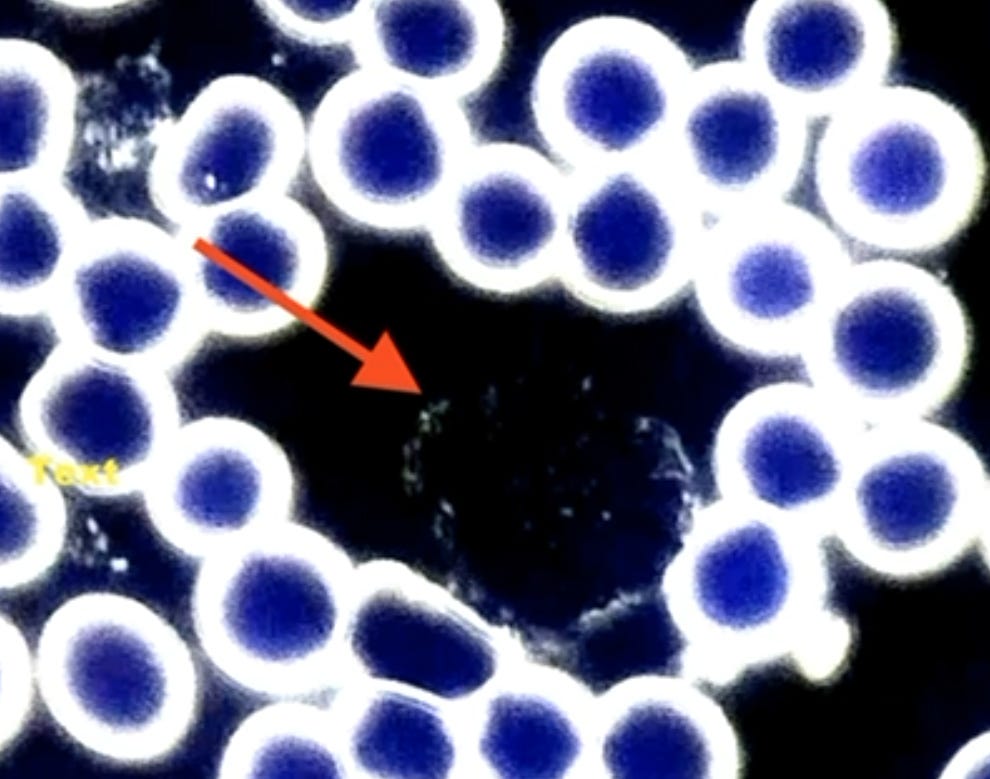
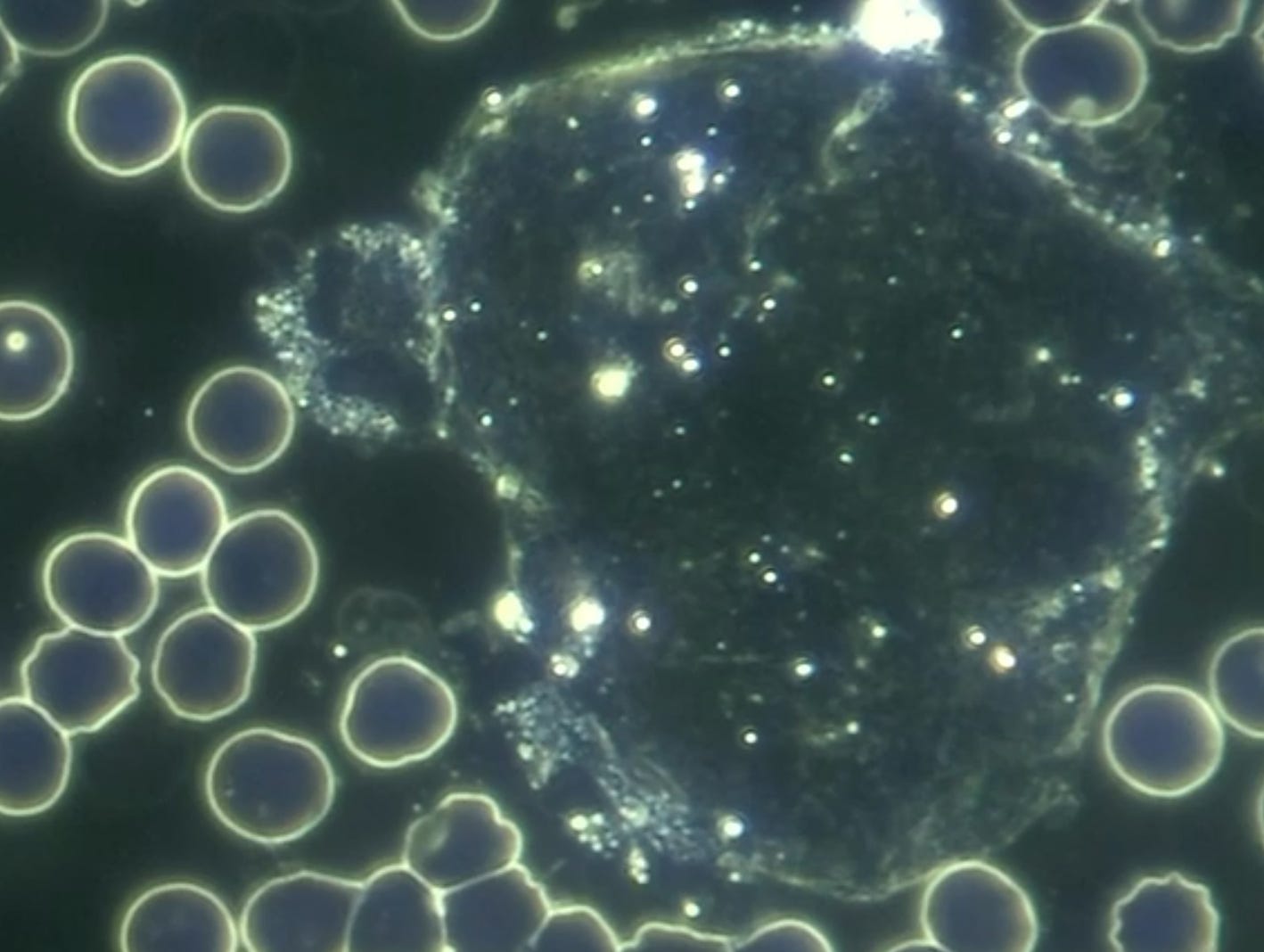
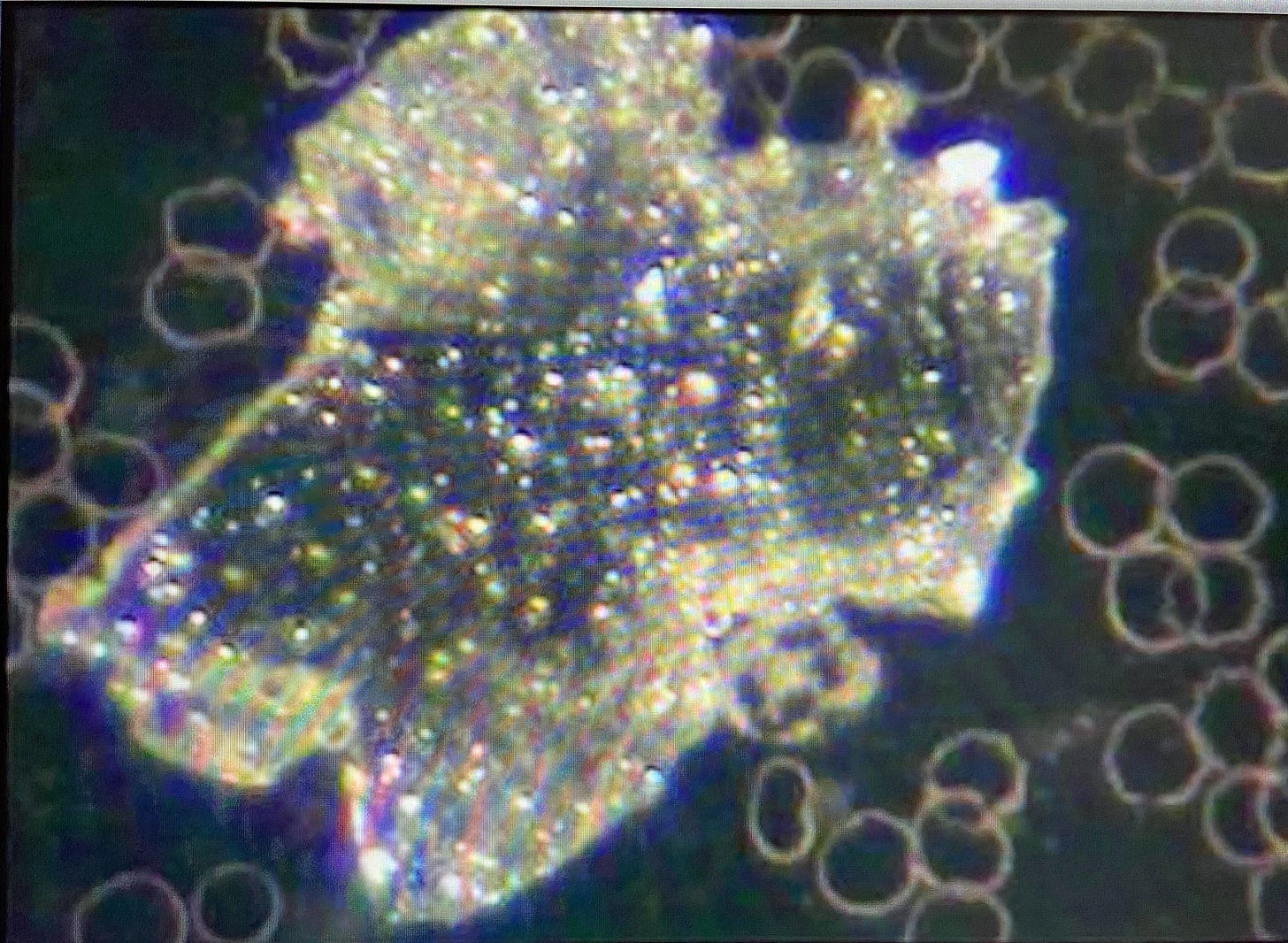



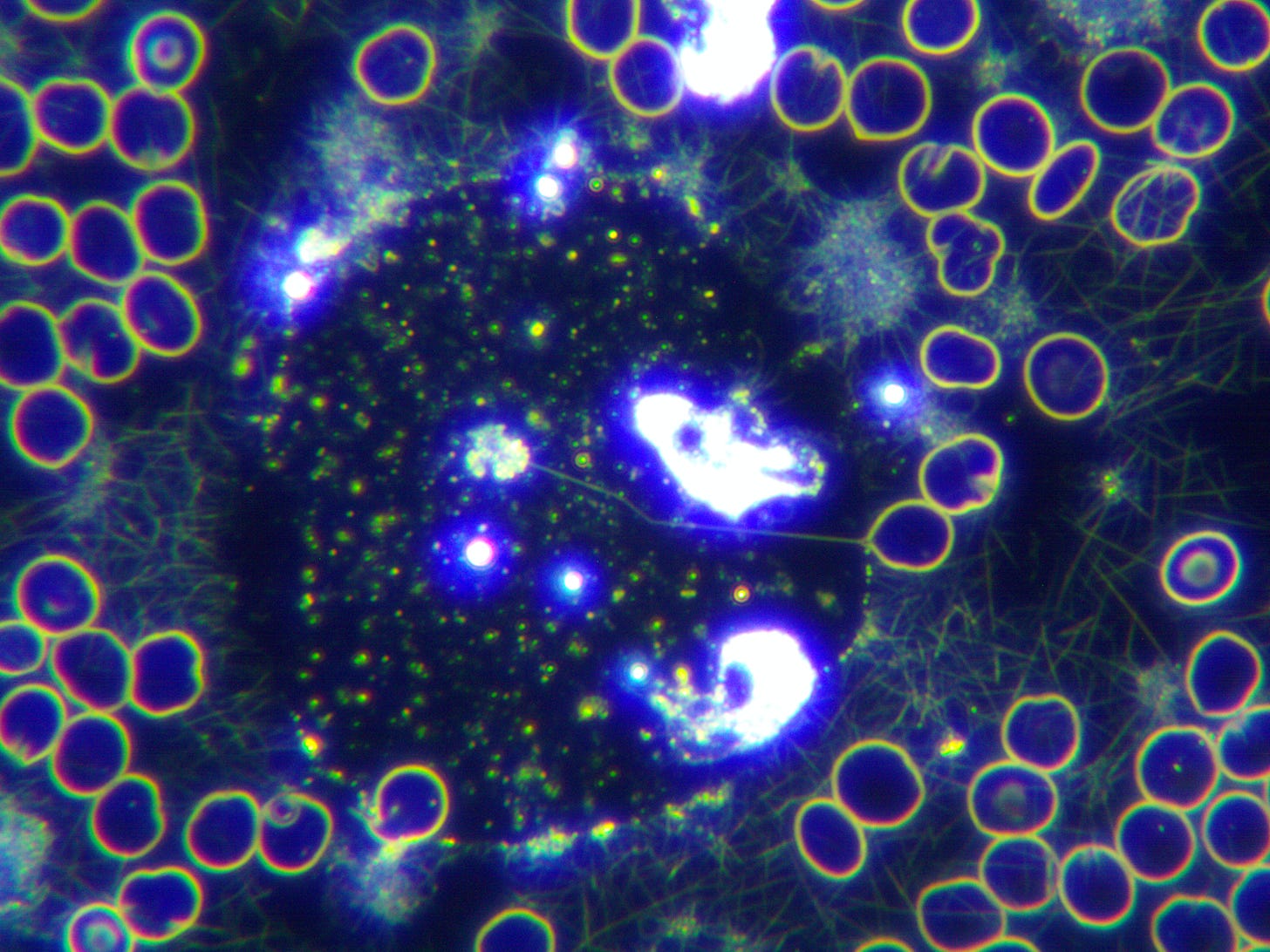


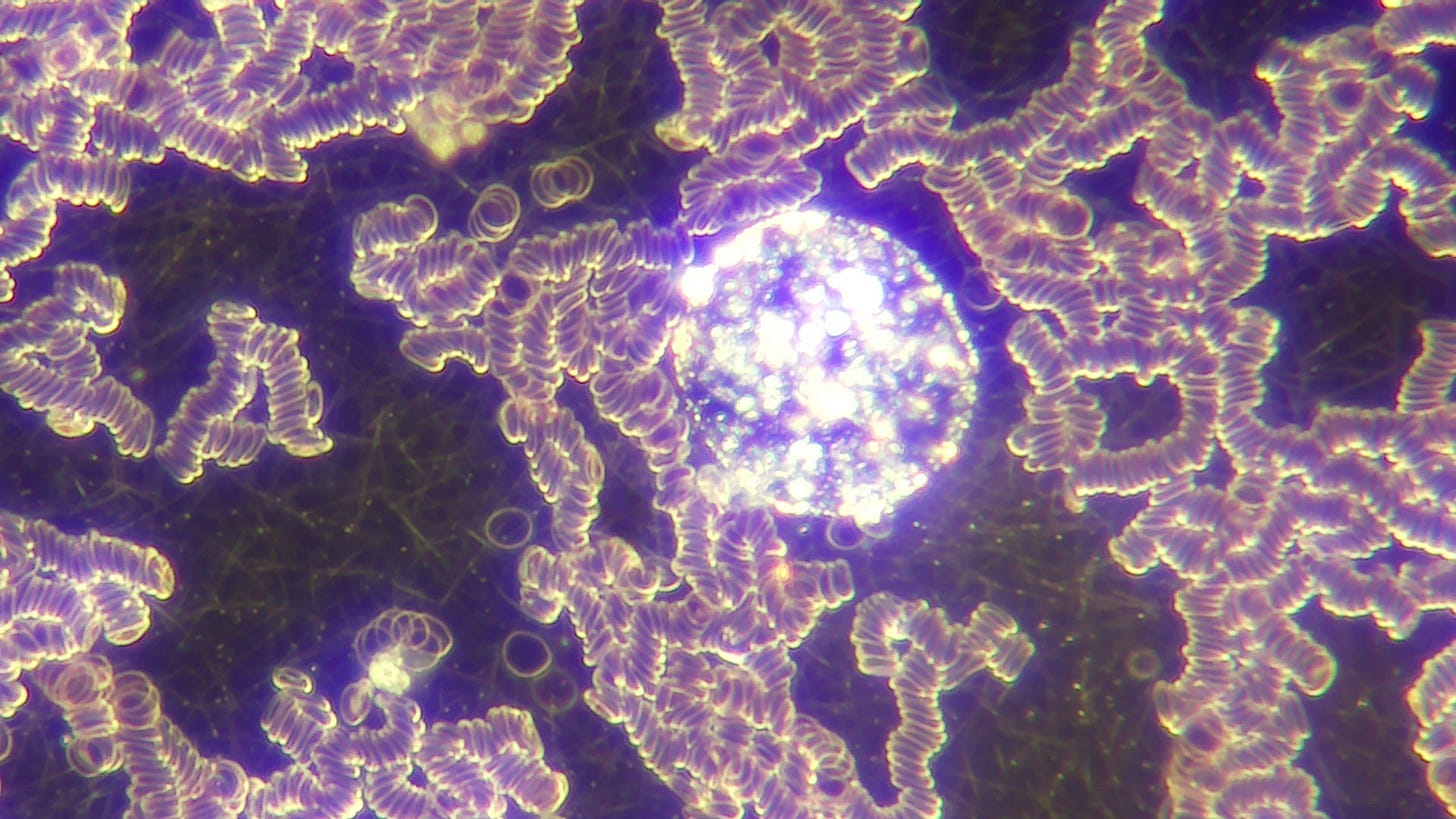
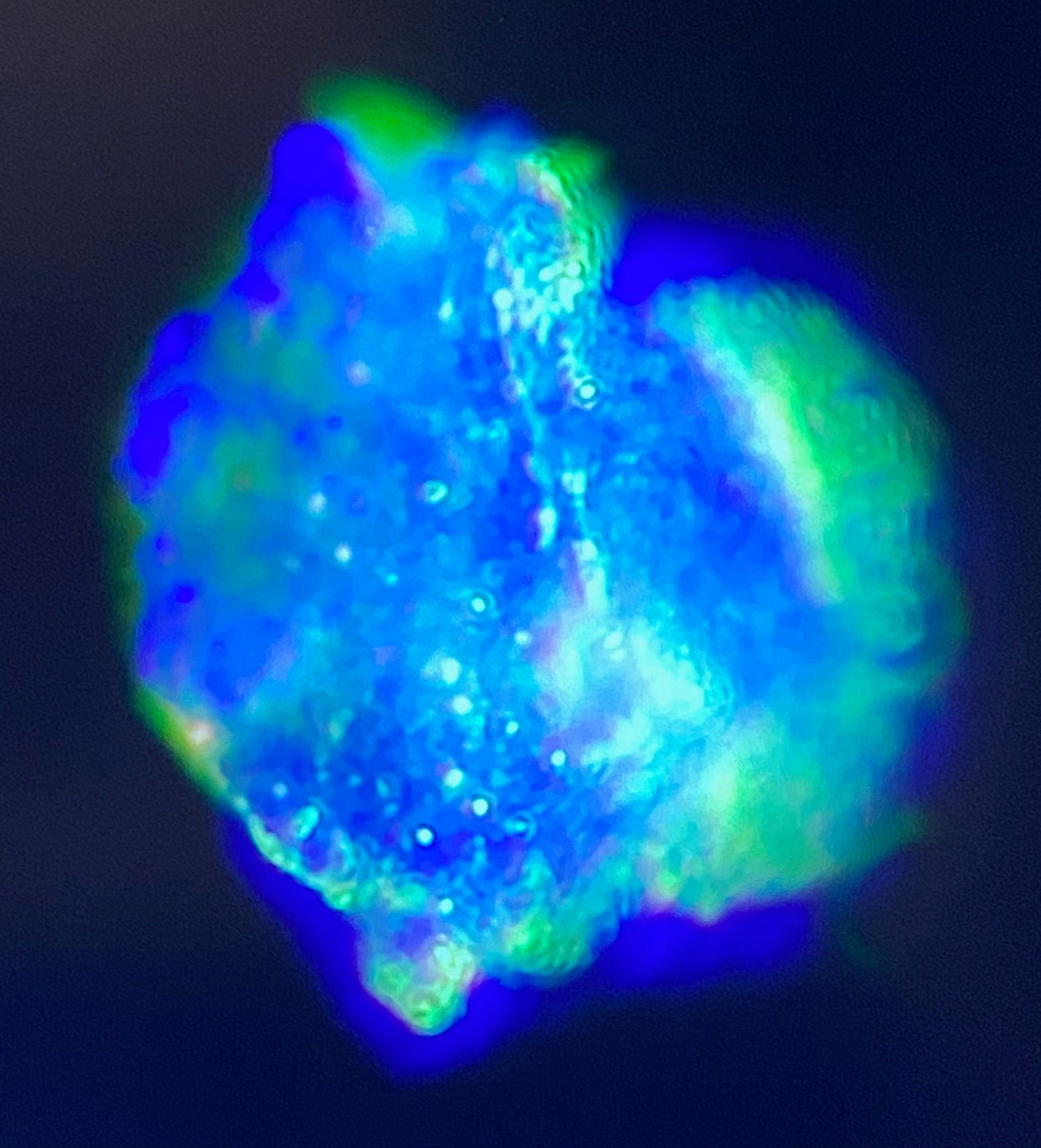
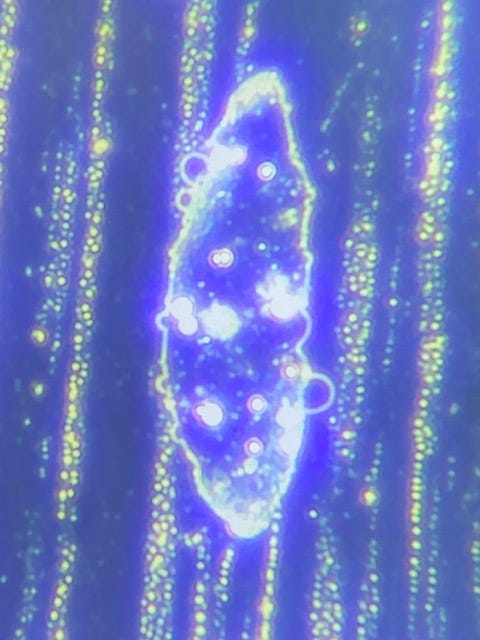
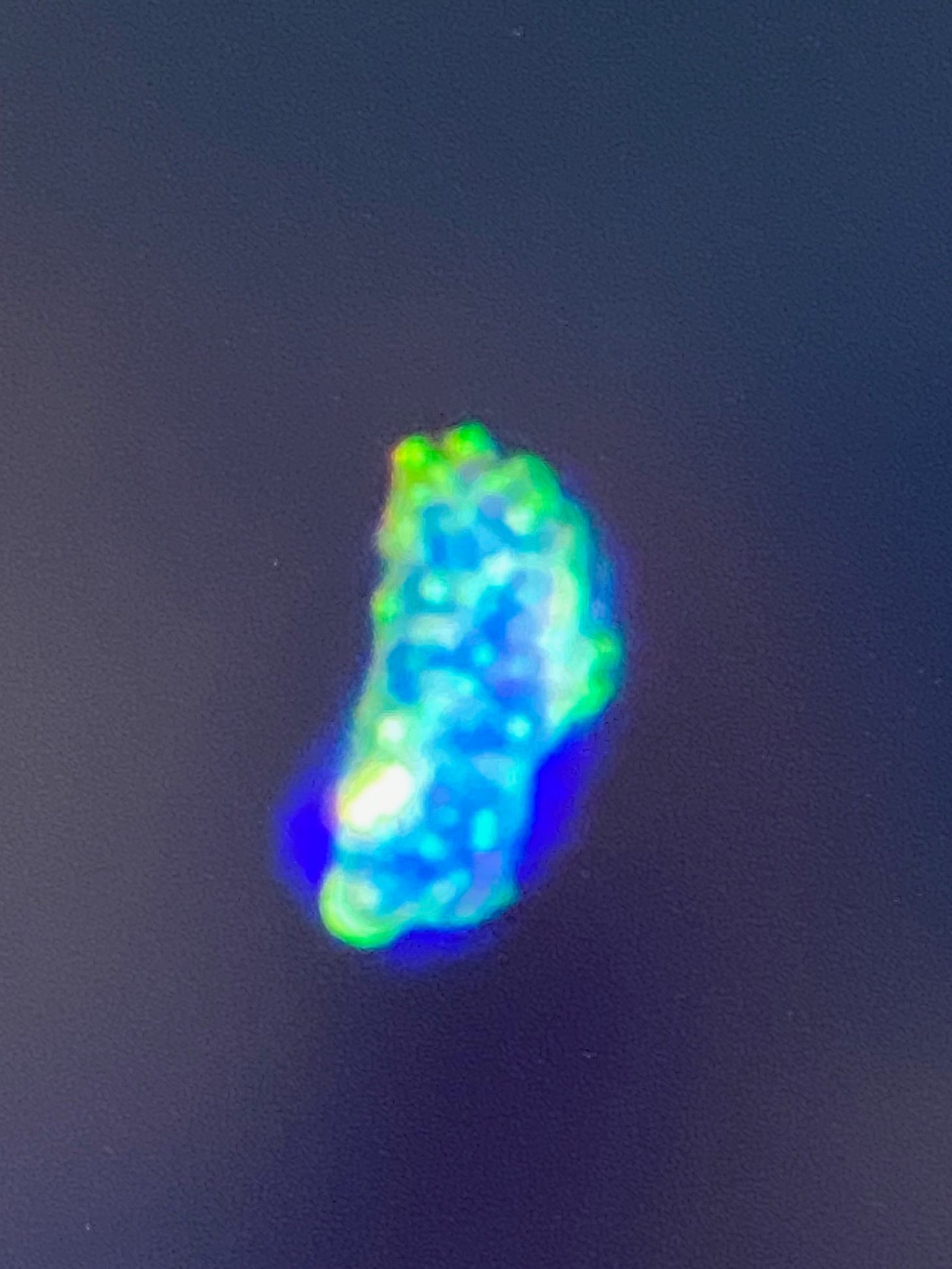

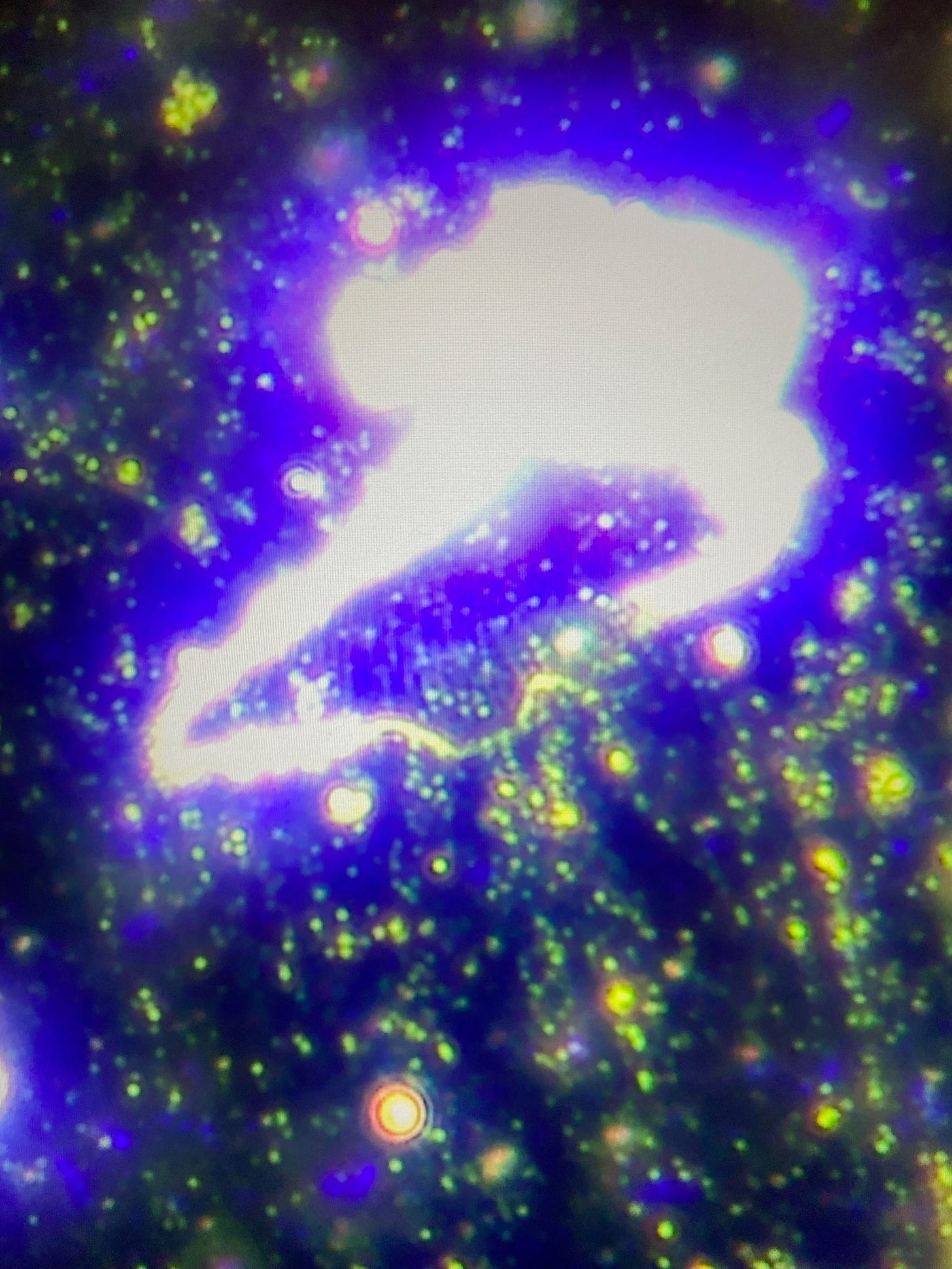
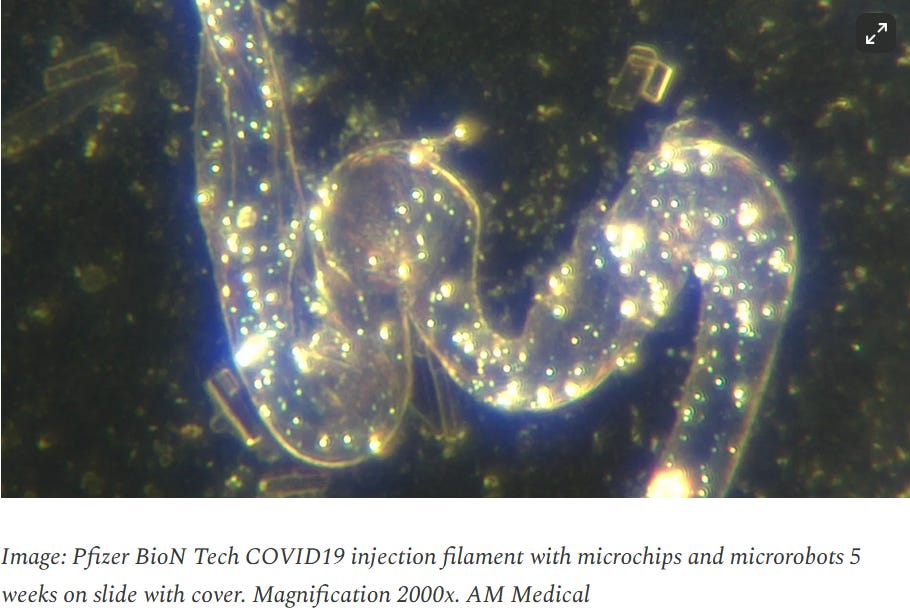



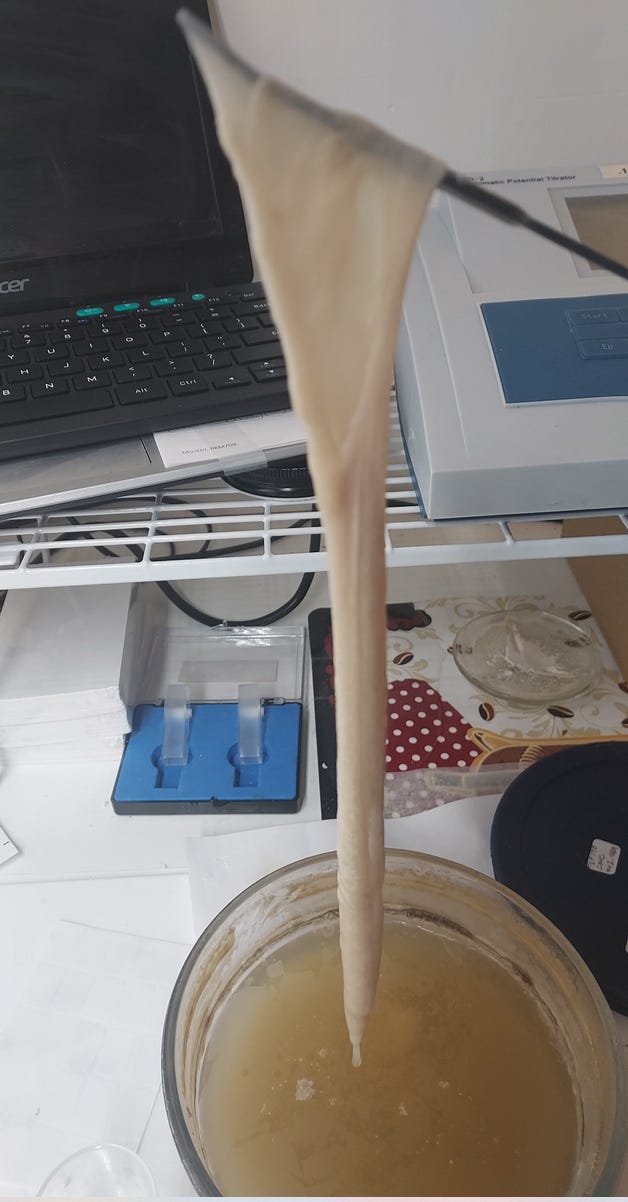

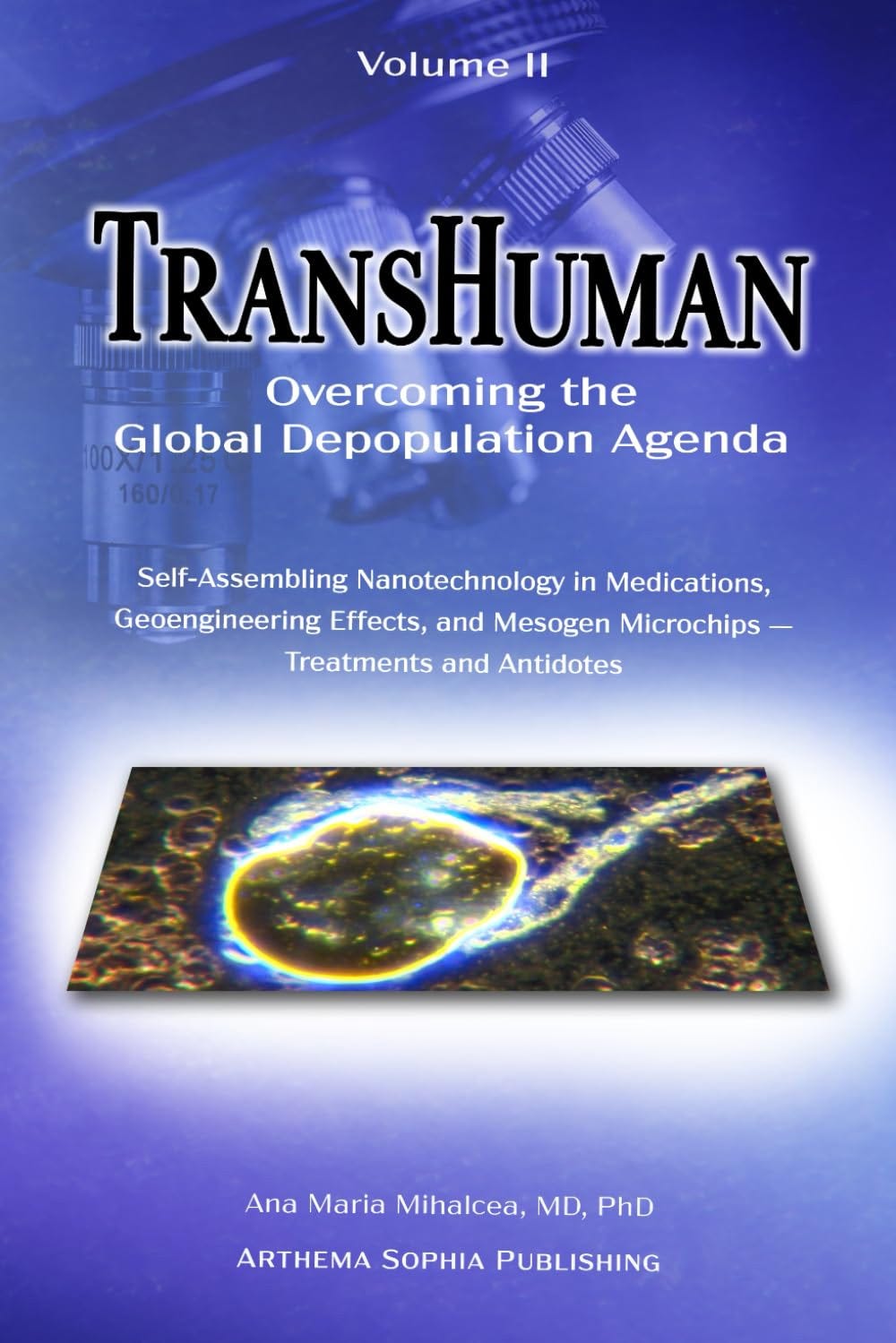



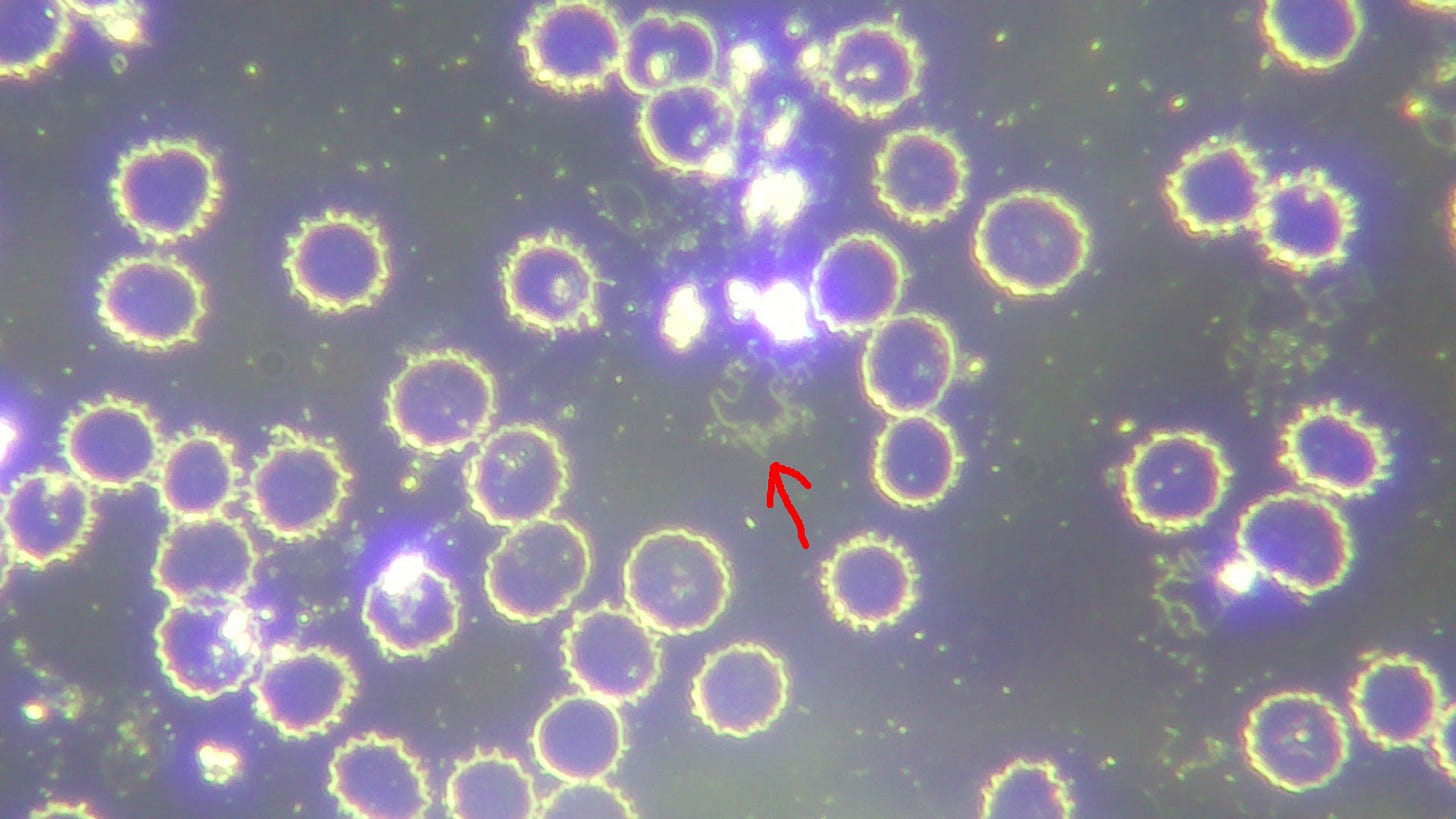
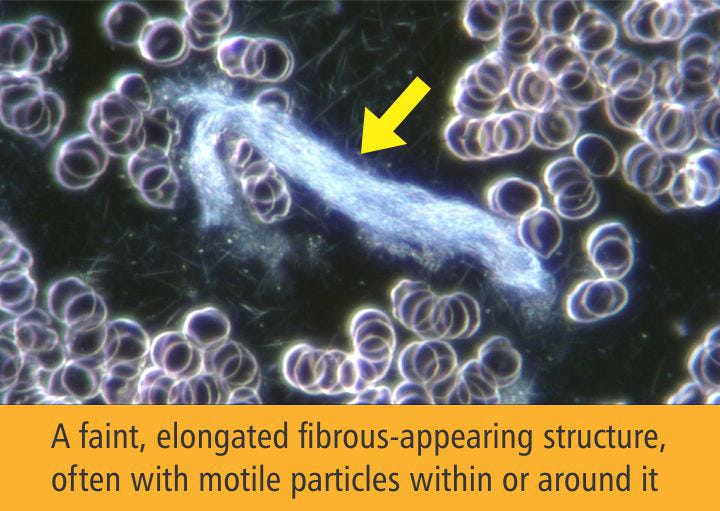


Anita, I want to mention that something is wrong with Substack? I only had 0,02 euro taken of my account in support for you.
Something is not right.
I remember Bigelsen's work from Kaufman and Cowan's True Healing Conference in 2021.
And I'm delighted to see an article that focuses on pleomorphism, a subject that has fascinated me ever since I learned about Bechamp's work.